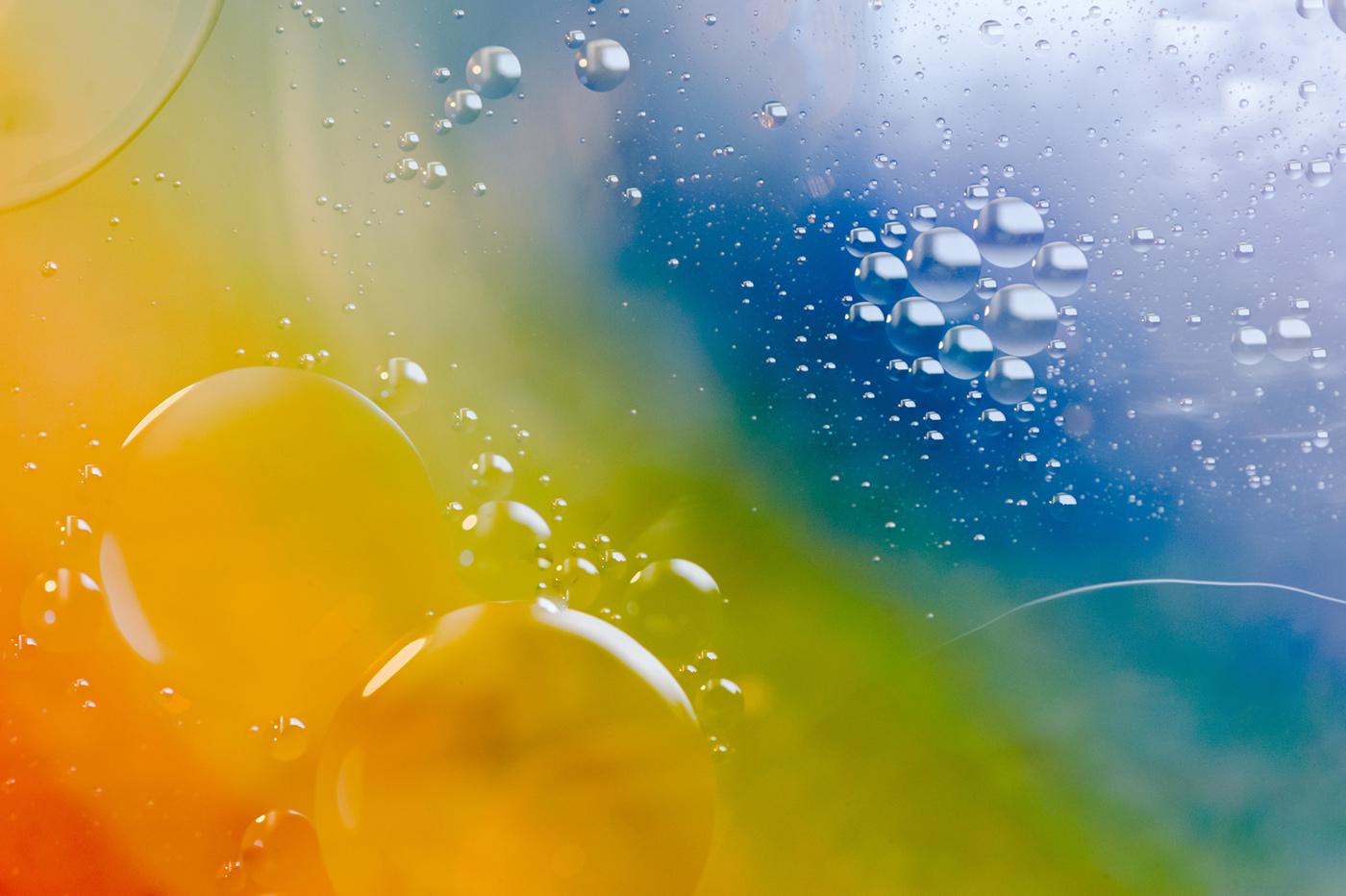Faiqa Atiquen väitöskirja Jyväskylän yliopistossa on valmistunut. Väitöskirjan nimi on The Effect of Plants on Microbes, Water quality, and Fish Performance in an Aquaponic System, suomeksi Kasvien vaikutus mikrobeihin, veden laatuun ja kalojen suorituskykyyn aquaponic-järjestelmässä.
Aquaponic systems have their own unique microbial communities, which can affect the aquaponics' water quality and the growth of plants and fishes. In her thesis, Faiqa Atique studied the effects of plants on the growth and feed utilization of rainbow trout, water quality, and microbial communities in aquaponics. Furthermore, the growth of plants with or without fish effluents was compared.
FaigaAtique.jpgPlants in aquaponics have a positive effect on water quality and fish growth. Different plant species may affect the fish and companion plant’s growth differently. Therefore, careful selection of plant species in aquaponics is important. Mint and wormwood both altered the microbes in lettuce when grown together with lettuce but only mint enhanced the growth of lettuce. The growth of rainbow trout was enhanced in aquaponics when grown with mint or spinach, but fish consumed less feed when grown with mint in aquaponics compared to recirculating aquaculture.
Growing plants in aquaponics has many advantages
The results of the study indicated that the growth of plants in aquaponics is very good. When different plant species are grown together, they may enhance the growth of neighboring plants. However, the choice of plant species is important to improve the productivity of other plants. The companion plant’s own microbes affect the microbial communities of the neighboring plants, which may increase the plant’s biomass.
The results showed that the plants played an important role in speeding up the biological start-up of the aquaponic system. Fish growth increased in aquaponics likely due to improved water quality. Plants in aquaponics also changed the microbial communities in fish mucous and fish gut but the potential benefits of this change would need further studies. Furthermore, the plants in aquaponics absorbed off-flavor-causing compound geosmin from the circulating water and hence reduced the concentration of geosmin in fish flesh.
— This research provided us with information that plants in aquaponics clearly have positive effects on fish through improved water quality, says Faiqa Atique.
Mint and rucola makes lettuce grow
Plants in aquaponics uptake dissolved nutrients and thus improve fish growth and also feed utilization to some degree. In general, the microbial start-up of biofilters in recirculating aquaculture takes more than two months but this duration can be reduced to two weeks by using plants, as demonstrated in this study with spinach and mint in aquaponics.
— Companion planting is a useful tool in aquaponics to enhance the production of plants. When I cultivated lettuce with rucola or mint, these plants enhanced the growth of lettuce, explains Atique.
Mint improved the growth of lettuce most likely by providing specific microbes to lettuce. Based on the results of this thesis mint and rucola can be used as a companion plant with lettuce to enhance the growth of lettuce. Furthermore, when spinach was grown with rainbow trout in aquaponics it reduced the geosmin in fish flesh. Geosmin causes earthy and musty flavor in fish and thus reduces the consumer acceptability and profitability of aquaculture.
— This study suggests investigating in more detail the potential of plants to remove off-flavor-causing compounds from recirculating aquaculture water, Atigue sums.
This research was funded by Maa- ja Vesitekniikan Tuki ry, Niemi-Foundation, Sisä-Suomen kalatalousryhmä and European Maritime and Fisheries Fund.
Väitöskirjan verkko-osoite on: https://jyx.jyu.fi/handle/123456789/88410

